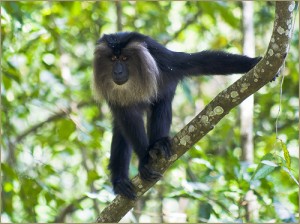 The lion tailed macaque is no more part of the list of 25 most endangered primates in the world. The International Union for Conservation of Nature (IUCN) removed the rare Indian monkey from the list saying that the state governments had acted well to ensure that the animal was protected.
The lion tailed macaque is no more part of the list of 25 most endangered primates in the world. The International Union for Conservation of Nature (IUCN) removed the rare Indian monkey from the list saying that the state governments had acted well to ensure that the animal was protected.
The list of 25 primates is put out by a group of specialist agencies — the Primate Specialist Group of the IUCN/Species Survival Commission; the International Primatological Society; Conservation International (CI); and the Bristol Conservation and Science Foundation.
For the last 40 years the lion tailed Macaque was listed as one among the top 25 endangered primates.
According to Russell A. Mittermeier, Head, Primate Specialist Group of IUCN, “good habitat protection and effective conservation measures by the Indian establishment has encouraged the IUCN to remove the monkey from the list.”
In the wild, primates are found in 91 countries and the IUCN keeps a tab on their population from time to time. A new assessment is under way to determine how they are faring. It will build on the 2008 assessment which found that 303 primates are critically endangered or endangered globally.
The Western Hoolock Gibbon, the only ape found in India was also removed from the ’25 most endangered species of primates’ earlier this year. But most conservationists say that although the removal of the names from this list is a great news, it does not mean that these primates are not endangered and not in need of urgent protection.
If we consider India only, the Lion tailed Macaque as well as the Western Hoolock Gibbion are both at risk of extinction.
Man-Animal Tug of War
The Lion Tailed Macaque is a spectacular species. It has striking black in colour, with its face framed by a prominent grey ‘mane’ and a tail ending in a tuft rom which it derives its common name. These monkeys prefer to live in tall rainforest trees in the Western Ghats.
(Kindly link back or point the source of the above endangered species flash card to http://indiasendangered.com if using for presentation and websites. Not for commercial use.)
Though total figures point out that the macaque population is almost 4000, this population is highly fragmented across the Western Ghats. These monkeys mostly reside in Karnataka and Kerala forests and lately their forest homes have converted to tea, coffee and other plantations. With patches of forest cover and patches of plantation, the monkey families rarely interact with each other.
Also, the total adult population of the Macaque’s is only about 2,500 which is a critical number.
With the Western Ghats being named a World Heritage Site, the macaques and other animals endemic to the region will surely get a boost in protection measures. Not being in the most critical 25 list, also tell us that there is something good definitely happening for the macaques. But the road ahead is not simple, as to protect these animals it is important that the forest they thrive in, is protected too. If the Habitat destruction and fragmentation is contained, the monkeys will have a solid future ahead.
More Related Stories,
Western Ghats Become a World Heritage Site
Interesting Facts About India’s Only Apes: Hoolock Gibbons
Urban Jungle No Place for Animals
Image via Flickr/cc by Fountain_Head


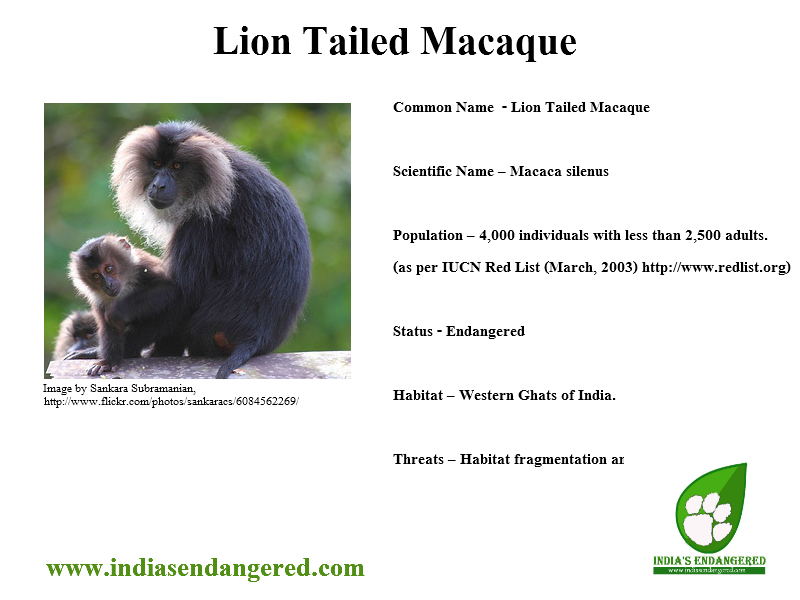

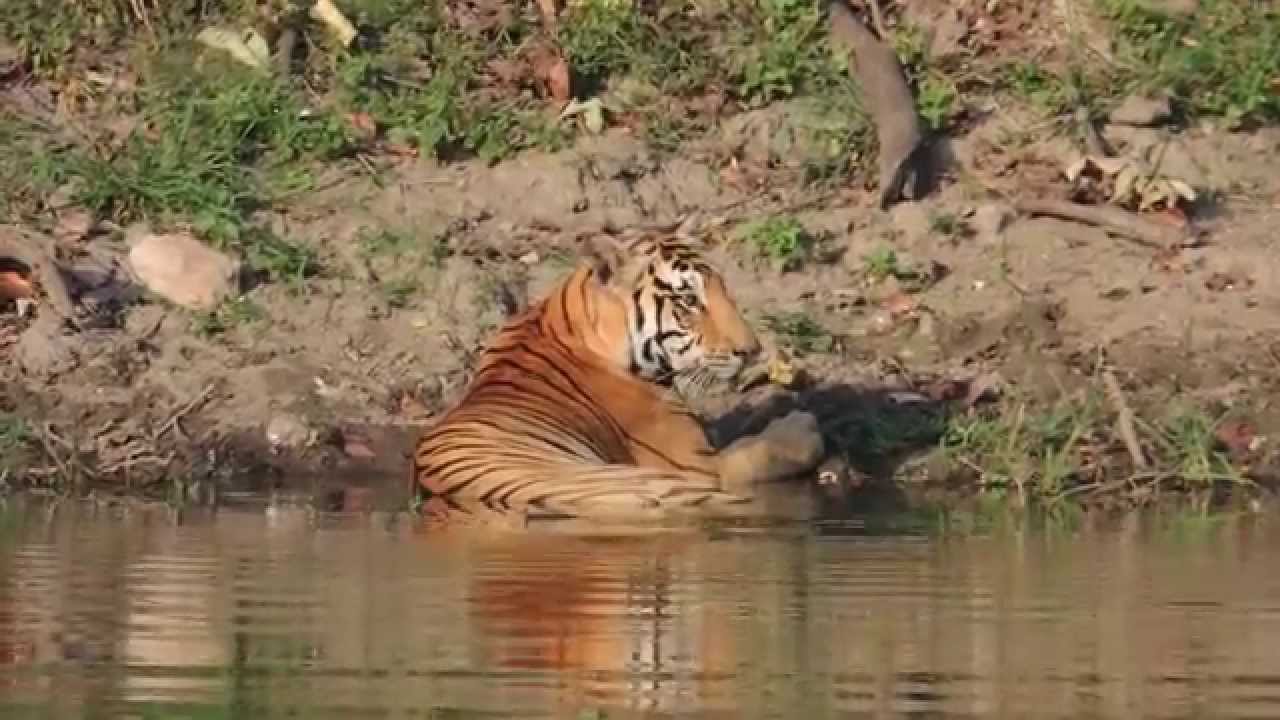
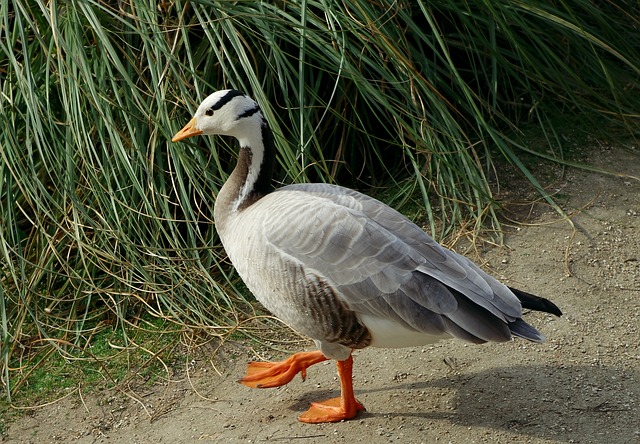
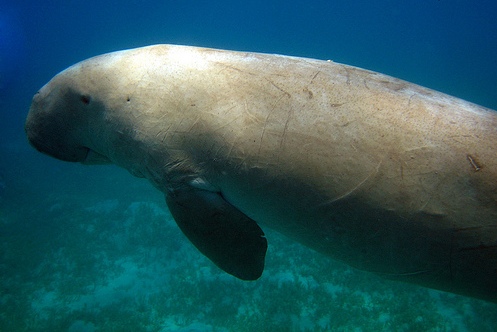
LTM census will take place in the month of January in Kuderemukha national park, Karnataka. Those who are interested can contact the forest dept of Karnataka to enroll as volunteer.
Thank you Faraha for the information.